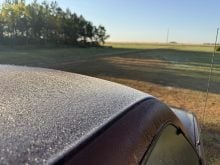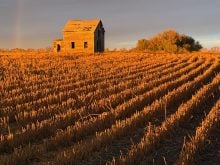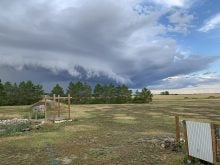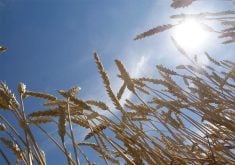There are several factors that can contribute to an extreme rainfall event.
Sometimes you need more than just one factor, but other times, if the factor is strong enough, you just need one.
The first factor is atmospheric moisture.
Read Also

Using artificial intelligence in agriculture starts with the right data
Good data is critical as the agriculture sector increasingly adopts new AI technology to drive efficiency, sustainability and trust across all levels of the value chain.
If we are going to get heavy rain, there needs to be a significant supply of moisture in the atmosphere.
As we have learned, when warm, moist air masses interact with cooler air, it can lead to the condensation of water vapour and the formation of clouds and precipitation.
Across the Prairies, we experience the influx of moisture-laden air from the Gulf of Mexico or the Pacific.
For really extreme rainfall events, we need the atmospheric moisture to be deep, that is, a large portion of the atmosphere is moist.
This deep moisture is referred to as precipitable water and is measured by stating the amount of rainfall that would occur if all the moisture over a region fell as rain all at once.
When there is a lot of deep moisture across our region, we can typically see this value in the 50 millimetre range, but that doesn’t mean this is the greatest amount of rain that we can see.
As we all know, we can have plenty of moisture in place but still not see heavy or extreme rainfall.
The second key component or factor is atmospheric instability, which refers to the condition in which warm, moist air at the surface is overlaid by cooler, drier air aloft.
This creates an environment conducive to the development of thunderstorms and heavy rainfall.
As the sun warms the surface, it heats the surrounding air, which begins to rise.
This rising air will cool, but if it cools at a slower rate than that of the atmosphere around it, then the air will continue to rise, eventually cooling to the point that condensation will occur.
Remember the total precipitable water? Well, as that air rises, new air moves in horizontally that is also full of moisture.
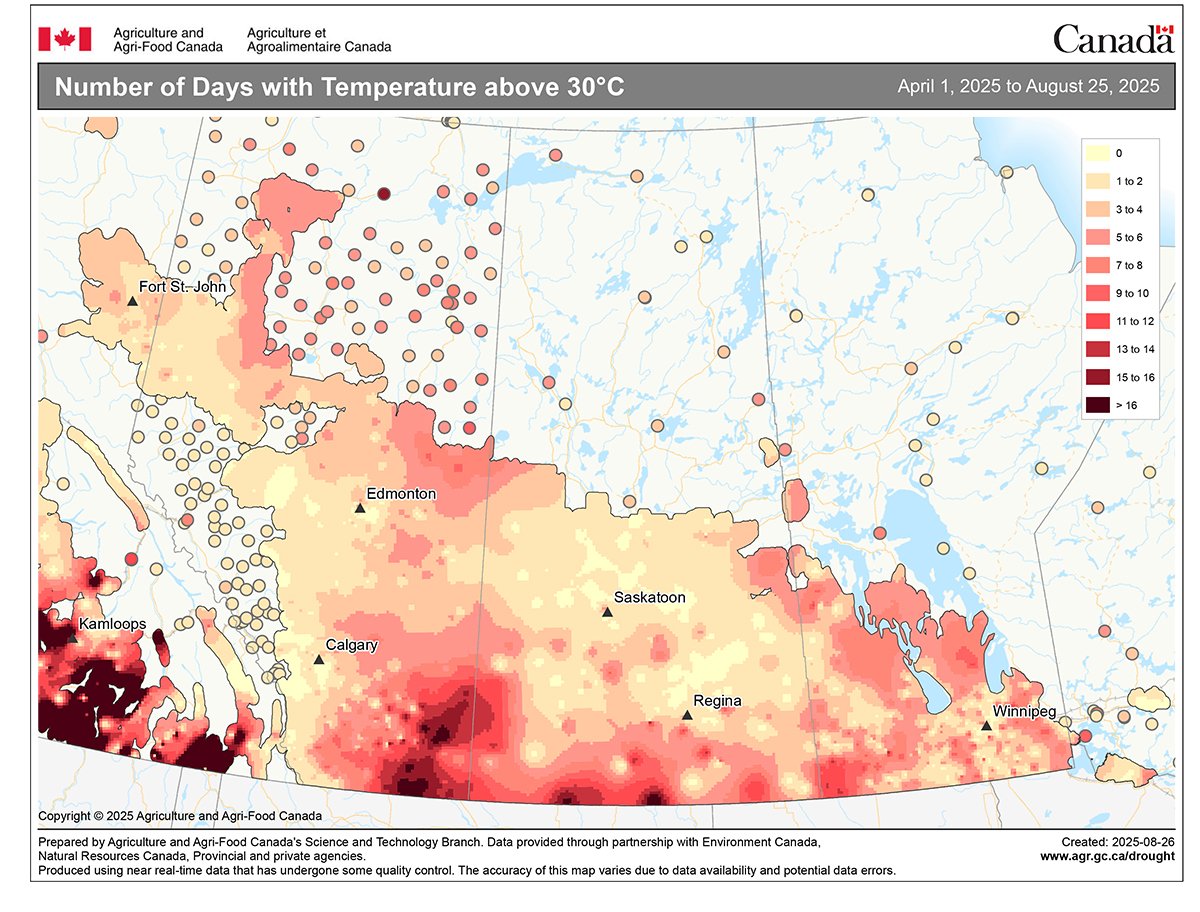
That air will eventually rise, bringing even more moisture into the upper atmosphere to condense. This is why you can get much more rainfall than the value of the precipitable water.
The next factor is confined to certain parts of the Prairies, such as the Manitoba escarpment and the Rocky Mountains — topography and orographic lift.
While the Prairies are generally flat, there can still be variations in terrain that influence the behaviour of storm systems. Even subtle changes in elevation, such as low hills or ridges, can play a role in enhancing rainfall.
When moist air is forced to rise over elevated features, a process known as orographic lift occurs.
As the air is lifted, it cools and condenses, leading to cloud formation and precipitation. This effect can enhance rainfall over certain areas of the Prairies that are situated in the path of prevailing winds.
This is especially evident in Alberta when easterly winds push up against the mountains. It was one of the leading reasons behind the epic flooding that hit southwestern Alberta in 2013.
We will examine the final few factors in a couple of weeks. Next issue is our monthly weather review and look-ahead.




